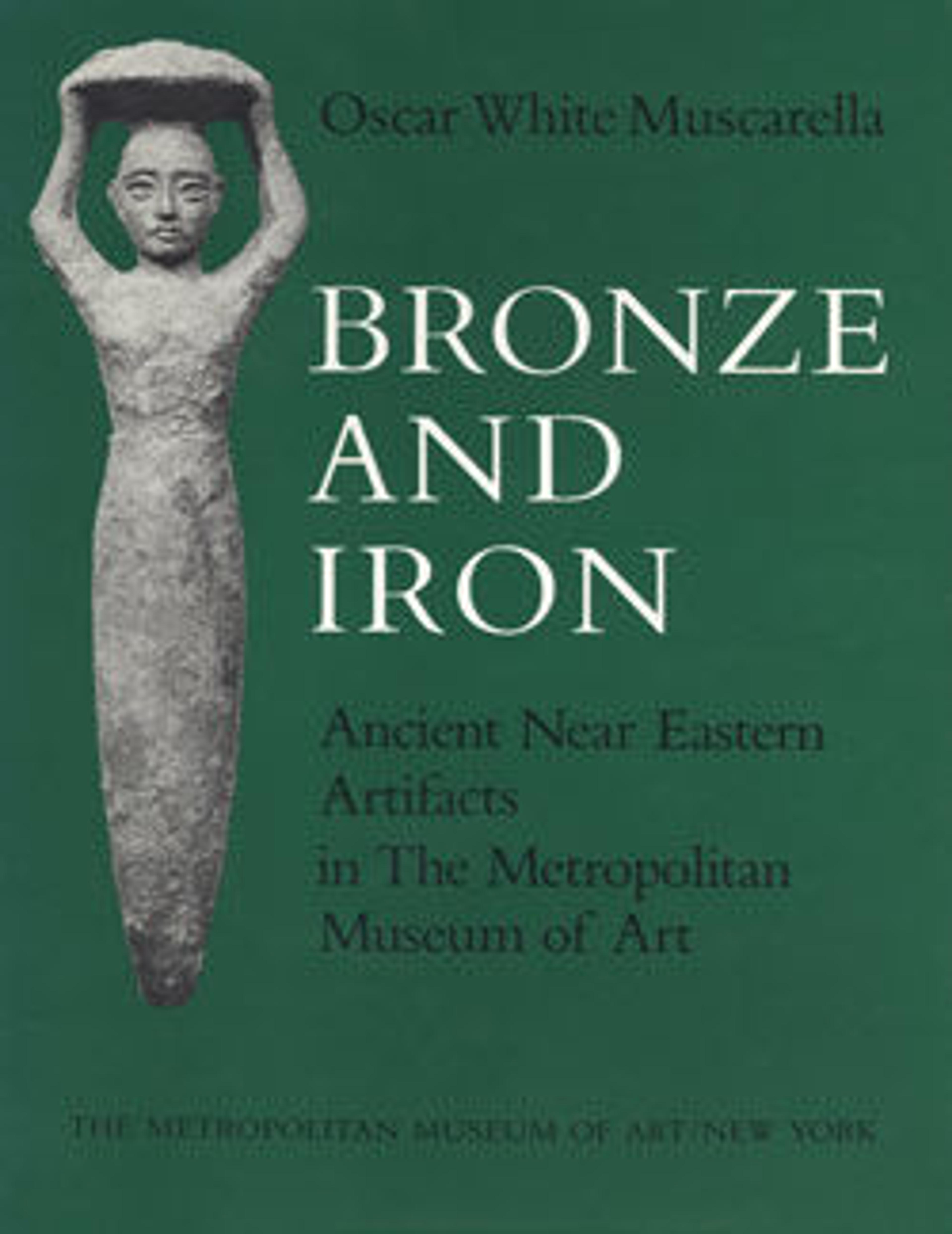Blade
This copper blade was once part of a spear or dagger. It was excavated at Tepe Hissar, near the modern city of Damghan in northern Iran. Tepe Hissar was primarily an agricultural settlement, with buildings made of mudbrick or simply mud walls. The blade probably dates to the early 2nd millennium B.C., as similar such blades are known from this period elsewhere in Iran and Anatolia.
Although 97.8% copper, the blade also contains 1.06% arsenic. Arsenic was frequently alloyed with copper in order to make weapons or tools, but it is nearly impossible to determine whether this small amount of arsenic was added intentionally or was present naturally in the copper ore used to make the blade. Arsenic is quite poisonous, and smelting it produced toxic gas; thus tin began to replace arsenic as the main alloy for bronze-working in the third millennium B.C. However, tin was not always available, and the use of arsenic persisted in many parts of the ancient world.
Although 97.8% copper, the blade also contains 1.06% arsenic. Arsenic was frequently alloyed with copper in order to make weapons or tools, but it is nearly impossible to determine whether this small amount of arsenic was added intentionally or was present naturally in the copper ore used to make the blade. Arsenic is quite poisonous, and smelting it produced toxic gas; thus tin began to replace arsenic as the main alloy for bronze-working in the third millennium B.C. However, tin was not always available, and the use of arsenic persisted in many parts of the ancient world.
Artwork Details
- Title: Blade
- Period: Middle Bronze Age
- Date: early 2nd millennium BCE
- Geography: Iran, Tepe Hissar
- Culture: Iran
- Medium: Copper
- Dimensions: 1.26 x 12.4 in. (3.2 x 31.5 cm)
- Credit Line: Rogers Fund and Purchase, Joseph Pulitzer Bequest, by exchange, 1957
- Object Number: 57.99.22
- Curatorial Department: Ancient West Asian Art
More Artwork
Research Resources
The Met provides unparalleled resources for research and welcomes an international community of students and scholars. The Met's Open Access API is where creators and researchers can connect to the The Met collection. Open Access data and public domain images are available for unrestricted commercial and noncommercial use without permission or fee.
To request images under copyright and other restrictions, please use this Image Request form.
Feedback
We continue to research and examine historical and cultural context for objects in The Met collection. If you have comments or questions about this object record, please contact us using the form below. The Museum looks forward to receiving your comments.
